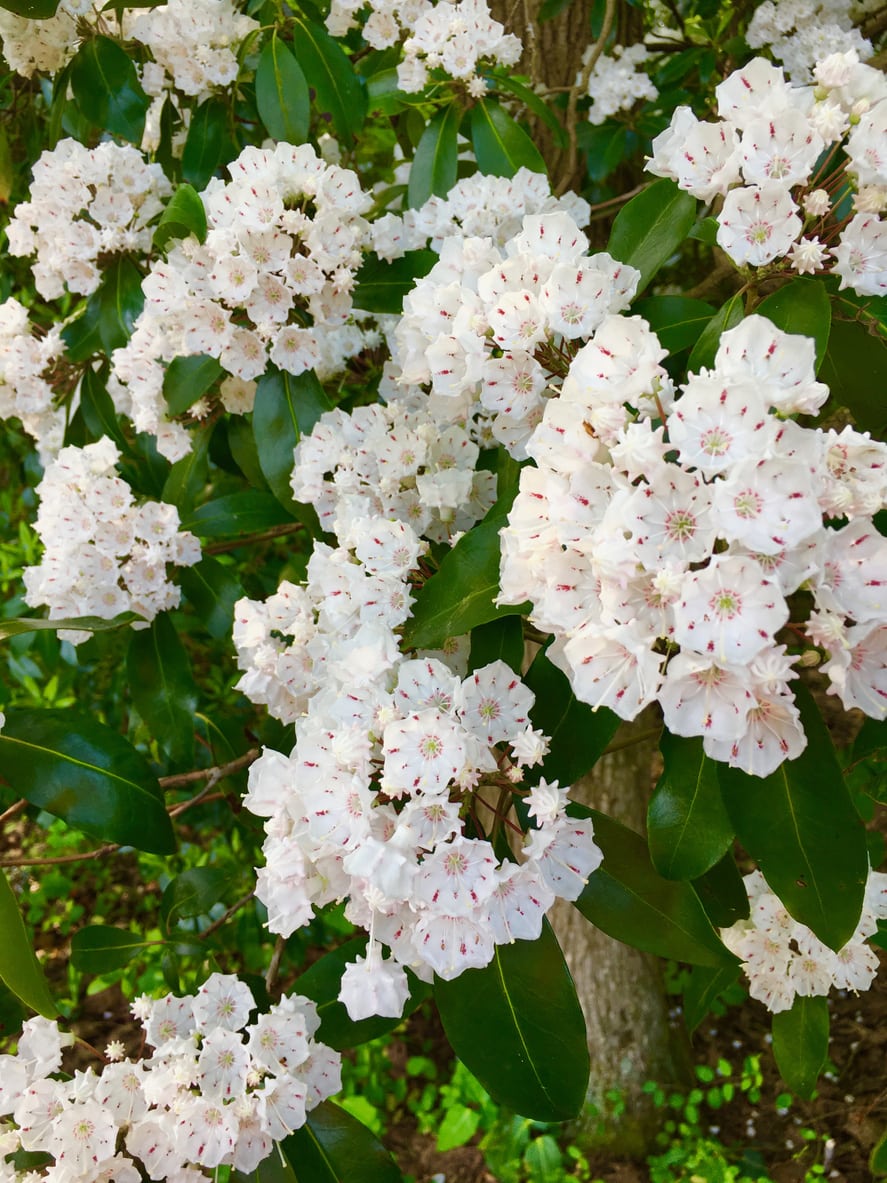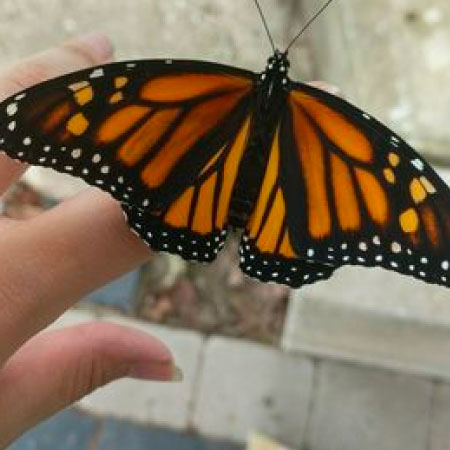Mountain Laurel Trimming Tips: How To Prune Mountain Laurel Bushes


Mountain laurel, or Kalmia latifolia, is an evergreen shrub in U.S. hardiness zones 6-8. It is beloved for its unique, open branching habit; large, azalea-like foliage; and its beautiful, wax-like star-shaped flowers which are available in red, pink or white. Growing to a general height and width of five to eight feet (1.5 to 2 m.), cutting back mountain laurels may occasionally be necessary to fit the space they are in. To learn how to prune mountain laurel shrubs, keep reading.
Mountain Laurel Trimming
Aside from being a beautiful flowering evergreen, mountain laurel is also very popular for being low maintenance. Generally, mountain laurel plants require little pruning. However, as with any plant, it is sometimes necessary to prune dead, damaged, crossing branches or water sprouts from mountain laurel plants. While mountain laurel plants tend to have an open, airy growth habit, it may also be necessary to prune out some inner branches to promote good air circulation throughout the plant, and also allow more sunlight in to the center of the plant. Mountain laurel plants bloom in spring. After this bloom period, most experts recommend cutting off the spent flowers to promote an even better bloom display the following year. Mountain laurel pruning should also be done at this time, right after the plant flowers. However, emergency pruning, such as trimming out diseased or storm damaged branches, can be done anytime.
How to Prune Mountain Laurel Bushes
When pruning a mountain laurel, it is always important to used sharp, clean tools. You may require hand pruners, loppers, a pruning saw or a bow saw, depending on the thickness of the branches you are trimming. Always make clean, smooth cuts, as jagged cuts can heal over slower, leaving the branch end open and susceptible to pests or disease. It is also important to note that if you are trimming out diseased branches, you should dip your tools in a sanitizer such as bleach or rubbing alcohol between each cut to prevent the further spread of the disease. When cutting back mountain laurel, older, tired branches can actually be rejuvenated by cutting them all the way back to the ground. Mountain laurel plants are very forgiving about hard pruning. However, a general rule of thumb when pruning trees and shrubs, is to never remove more than 1/3 of the plant in one pruning. First, prune out large branches that need rejuvenation. Next, remove dead, damaged or crossing branches. Then remove any water sprouts or branches that hinder air flow or light exposure. After pruning, it is a good idea to give mountain laurels a little boost with a fertilizer for acid-loving plants.
Sign up for the Gardening Know How newsletter today and receive a free copy of our e-book "How to Grow Delicious Tomatoes".

Darcy is a former contributor to Gardening Know How. She is a professional landscape designer and gardening writer with experience in plant sales. An avid gardener, Darcy has a passion for sharing practical tips to help others grow.